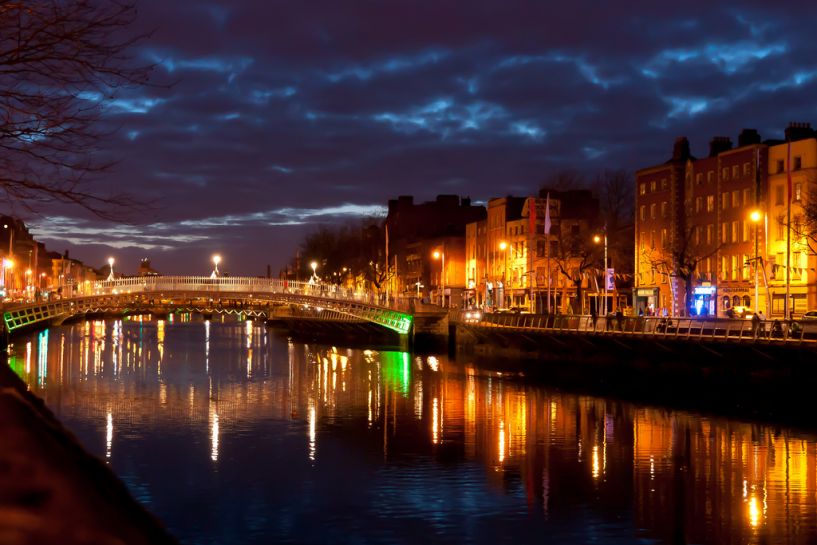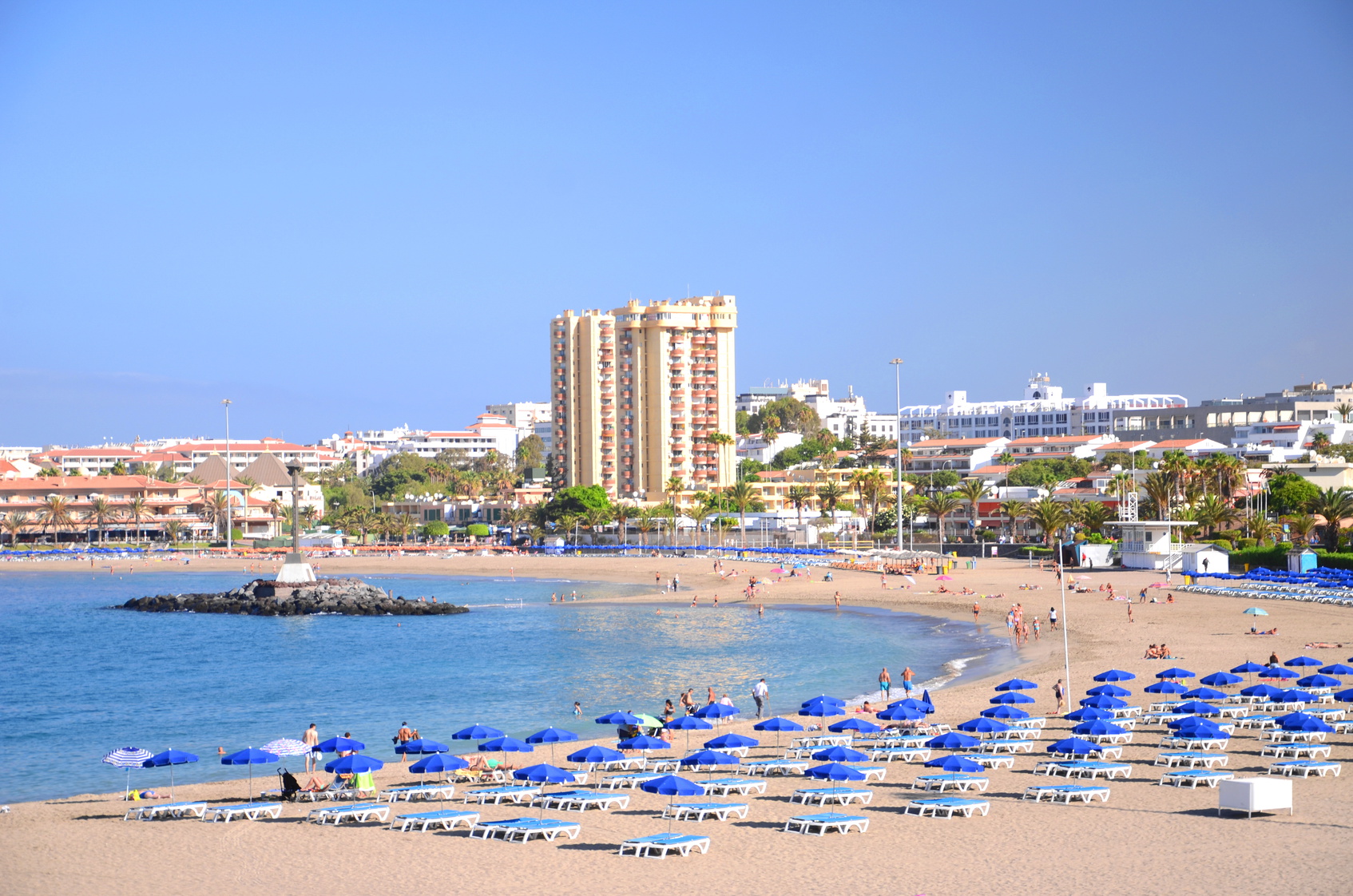The Irish Pub is popular the world over. In Ireland it is has long been an important institution in local life where people get together on a daily basis and where they celebrate important events which have occurred in the local community, not least the death of local characters which often leads to some fierce drinking at the ‘wake’ following a funeral. Whilst every town and village in the country has its local pubs it’s often Dublin which catches the public’s imagination when it comes to the Irish pub scene. Famous Dubliners who enjoyed a pint include James Joyce, Oscar Wilde, Samuel Beckett and George Bernard Shaw and their references to ‘Dublin’s Fair City’ in their works helped spread word of the Irish capital worldwide. Thanks partly to their influence Dublin was named as one of UNESCO’s ‘Cities of Literature’ in 2010 and to this day no other world city has produced as many winners of the esteemed Nobel Prize for Literature.
Literature based on Dublin frequently makes reference to the city’s River Liffey which runs through the Irish capital and is often attributed with being the source of the water which is used to produce the three million pints of Guinness which are brewed every day in Dublin. ‘Liffey Water’ in the Guinness is a work of fiction but nobody in Ireland ever let the truth interfere with a good story! Pubs and writers, stories and beer … welcome to Dublin, one of Europe’s great short break destinations.
When to Visit: Whilst unpredictable, the weather in recent summers has been particularly mild which makes the months of June, July and August the most popular for a visit. Winters are fairly drab with heavy cloud often hanging over the city and frequent rainfall but who ever went to Dublin for the weather? The annual St Patrick’s Festival in March is a four day event attracting visitors from all over the world and encourages Dubliners to escape the city. Pubs are packed, restaurants fully booked and many hotels double their prices. Best advice would be to celebrate St Patrick’s Day somewhere else in the world and head for Dublin in the summer.
Getting to Dublin
Dublin airport lies just 10km north of the city centre. It is well served by Ireland’s national airline, Aer Lingus, as well as budget operators Ryanair, Flybe and Stobart Air (formerly Aer Arann) offering flights to and from many European cities and numerous regional airports on the British mainland. There are express buses operated by Airlink and Aircoach which provide services to the city centre in about 30 minutes but their stops aren’t convenient for all city hotels. You’ll find plenty taxis outside the arrivals area or better still you can pre-book your transport and have a vehicle and driver awaiting your arrival.
Getting Around: Whatever you do don’t rent a car for getting around Dublin. The traffic is a nightmare, parking fees are a total rip-off and as a visitor it’s hard to work out the city’s one-way traffic system. Instead you can buy a ticket for the ‘Hop On Hop Off’ bus service which has routes covering most of the main attractions with interesting commentary from the amiable drivers. The city’s light rail network (‘Luas’) is also very convenient for getting around. If you’re happy walking around the main sights then Dublin is a good city to visit with most places of tourist interest located within easy proximity of the city centre.
[mapsmarker marker=”24″]
Top Things to See in Dublin
Dublin Castle: Between 1800 and 1922 this fine building on Dame Street in the centre of Dublin served as the headquarters of British rule in Ireland. Today it serves as a conference centre and hosts state visits from overseas dignitaries. Over the May bank holiday the castle’s grounds host a popular Irish music festival known as ‘Heineken Green Energy’.
General Post Office: Located in the city centre on O’Connell St this is perhaps Dublin’s best recognised landmark which was central to the 1916 rebellion and was the building from which the Irish Republic was declared. It has served as the main branch of the Irish postal service since opening its doors in 1818.
Kilmainham Gaol: Located just outside the centre on Inchicore Rd in Kilmainham, this is the old prison which saw the execution of the rebels during the 1916 Easter Rising. Guided tours are compulsory. This is one of the stops on the original ‘Hop On Hop Off’ bus service or you can just head out there on a local bus.
Glasnevin Cemetery: This may seem an odd recommendation as an attraction but it is packed with the graves of so many famous Irishmen, including Daniel O’Connell and Michael Collins, that it can tell the history of a nation. After a visit drop into the Gravediggers pub (John Kavanaghs) where a resident ghost is said to often appear for a pint.
Irish Museum of Modern Art: Ireland’s principal modern art institution is also out in the Kilmainham district (Military Rd) and is housed in the historic Royal Hospital building.
Trinity College: Opposite the Houses of Parliament on College Green the ancient Trinity College is one of the city’s top attractions. It is best known for its library where the Book of Kells is on display. Alternatively just chill out in the delightful gardens and absorb the collegiate atmosphere.
Science Gallery: Trinity College is home to the fascinating Science Gallery which hosts numerous temporary exhibitions throughout the year.
St Patrick’s Cathedral: Ireland’s largest church is an imposing Gothic structure whose origins can be traced back to 1191. The nearby Christ Church Cathedral is also worth a visit.
Phoenix Park: Just 4km west of the city centre is Europe’s largest urban park which is a lovely place to visit if you’re ready for a break from Dublin’s historical legacy. The park is home to many wild deer and you can visit Dublin Zoo within its grounds.
Things to Do In and Around Dublin
Walking Tours: Provided you’re reasonably fit and able you should consider taking an organised walking tour with a knowledgeable local tour guide. There are all kinds of different tours available which focus on a range of themes such as local history, literature, music, etc. The guides themselves are usually great characters who will provide you with a memorable few hours wandering the city telling you tales you’d never otherwise be privy to.
Dublin Bay Cruises: Highly recommended are the one way cruises in Dublin Bay which connect Sir John Rogerson’s Quay in Dublin with the lovely coastal towns of Dun Laoghaire and Howth. An audio commentary describes important landmarks such as Poolbeg Lighthouse and Bull Island. If you take a morning departure you can have lunch in Howth then return to the city on the DART electric train which runs along the coast. The cruise lasts around 80 minutes.
Train Trip to Howth: Even if you don’t take a cruise to Howth you should still try to find time to visit this idyllic coastal village which lies 14km north of the city. The DART service only takes 40 minutes departing from Dublin Connolly train station.
Croke Park: Sports fans should find out whether there are any Gaelic football or hurling matches taking place at this magnificent 82,500 seater stadium. In spite of this capacity it’s still hard to get tickets for matches in sports mad Ireland so you might have to make do with a stadium tour.
Boozy Dublin Attractions
Guinness Storehouse: The self-guided tour of the Guinness brewery at St James’s Gate is not surprisingly one of Dublin’s most popular tourist attractions. The impressive exhibition tells the story of Guinness over seven floors, entrance tickets include a pint in the Gravity Bar on the top floor from where you gets great views over the city. By the way, the water which is used to brew Ireland’s most famous export comes from the Wicklow mountains.
Old Jameson Distillery: Whiskey hasn’t been produced at the old distillery on Bow Street in Smithfield for a long time but the tour and tasting is well worthwhile if the history and process of whiskey-making is of interest to you.
Temple Bar District: As far as entertainment for tourists is concerned, the cobbled streets of the Temple Bar area are the city’s top attraction. Here you’ll find a large selection of bars and restaurants together with lots of tourist shops selling leprechaun T-shirts and other tacky souvenirs. Some of the traditional Irish music in the likes of Gogarty’s, the Old Dubliner and the Temple Bar itself is excellent but it comes at a hefty price … not only will you end up paying around 8 Euros for Ireland’s most expensive pints, you’re also likely to find yourself in an unpleasant, drink fuelled atmosphere which is best avoided. By all means take a look by day but after dark check out some of the excellent and friendly pubs scattered around the city whose locals wouldn’t be seen dead in Temple Bar.
Top 10 Dublin Pubs
With an estimated six hundred traditional Irish pubs in Dublin it’s not easy to identify a shortlist of ones you ought to visit. However, after painstaking research in the company of resident local expert Tony O’Shea we’ve come up with a few that are well worth a visit. If in doubt don’t hesitate to ask local people for recommendations as Dubliners are friendly people who are very proud of their city and will relish the opportunity to point you in the right direction for your next pint.
The Palace Bar (Fleet Street): Certainly one of the city’s great pubs lying just outside the Temple Bar area. Great atmosphere, consistently good pints, friendly bar staff and live music a couple of nights per week.
Bowe’s Lounge (Fleet Street): This Victorian place is a hidden gem where you’ll always find room for a nice pint amongst friendly locals even when everywhere else is packed. Don’t tell anyone!
Ryan’s (Parkgate Street): Classic old place where you’ll get a great pint of Guinness.
Mulligans (Poolbeg Street): Whilst this place’s claim to fame is that James Joyce drank there its Guinness hasn’t been up to scratch in recent times. Still well worth a visit as it’s a Dublin classic.
The Long Hall (South Great George’s Street): This is a beautiful old pub with great atmosphere and great beer.
O’Donoghue’s (Merrion Row): This is a good all rounder attracting locals and visitors alike. The pub was the birthplace of the Dubliners folk band and continues to host top notch live music nights.
The Brazen Head (Bridge Street): It’s certainly worth paying a visit to what claims to be Ireland’s oldest pub dating back to 1198. Another venue which is highly regarded for its live music.
Kehoe’s (South Anne Street): A comfortable spot just off Grafton St for a quiet pint in the snug after a day’s sightseeing.
O’Neills (Suffolk Street): Located just around the corner from Trinity College you can be sure of a great atmosphere in this friendly pub which is popular with students.
McDaids (Harry Street): Another historic watering hole where Oscar Wilde was a frequent customer. Well worth a visit.



